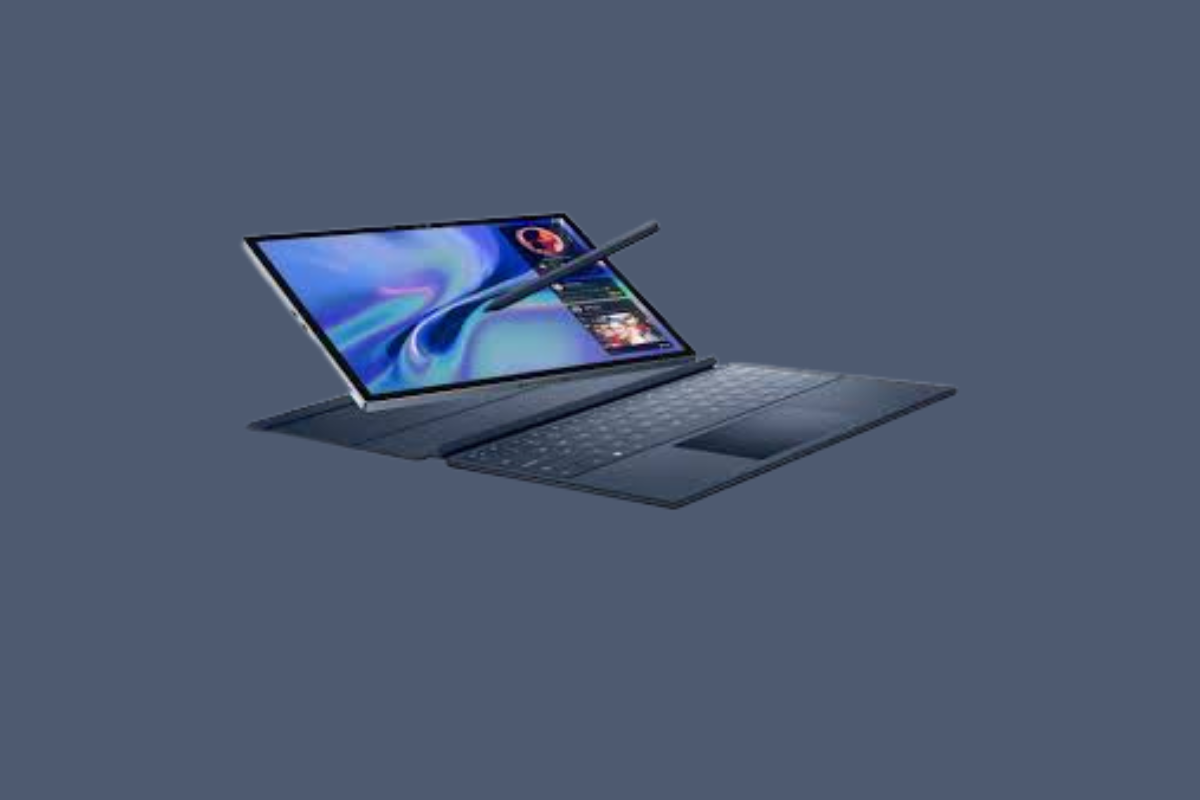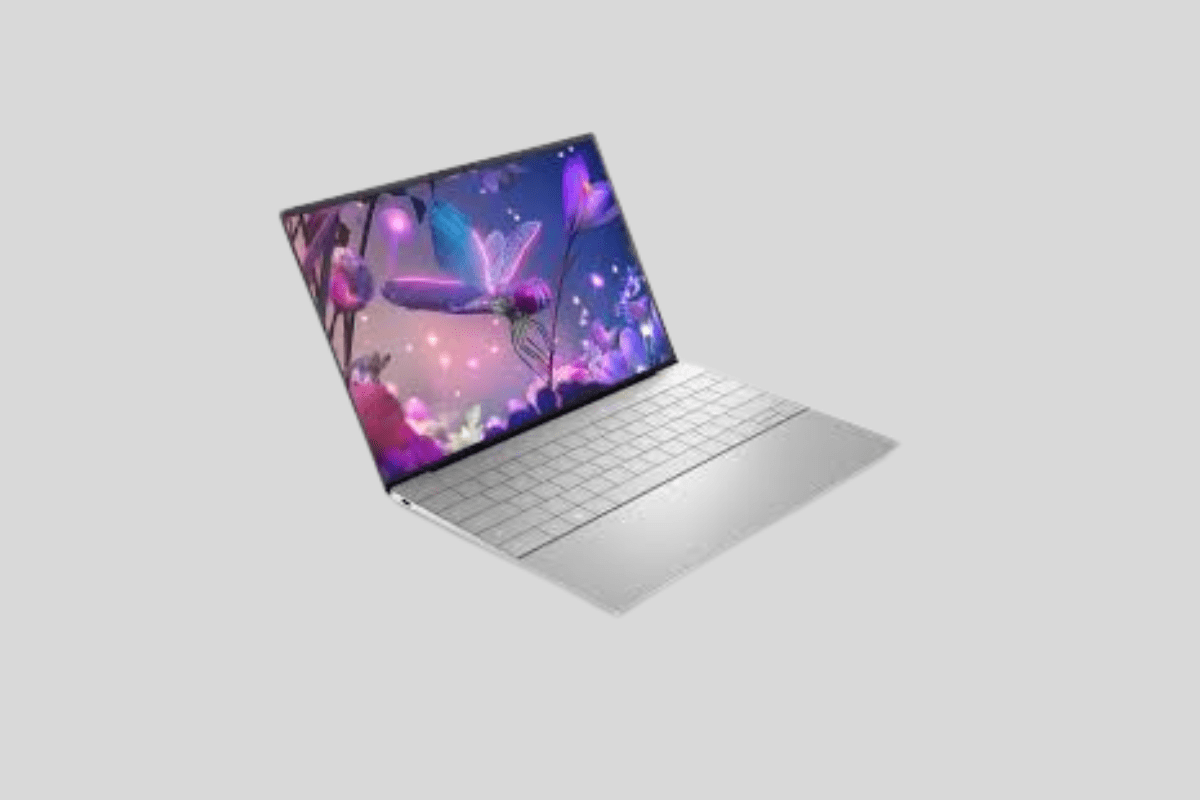Bid farewell to the traditional XPS 13 and welcome the sleek new XPS 13. At CES, Dell caught us off guard by introducing the contemporary (albeit somewhat contentious) design of the 2022 XPS 13 Plus to its entire flagship range, which now encompasses the larger XPS 14 and 16 models.
Equipped with this new design, they all feature concealed haptic trackpads beneath the glass-covered wrist rest, a capacitive top row of function keys (which can seamlessly switch to media controls), and wider keyboards devoid of spacing between keys. But do these enhancements genuinely elevate them above Dell’s previous XPS lineup? Well, that’s largely subjective and hinges on your aesthetic preferences.
In my recent assessment of the XPS 16, I found myself impressed by its sheer performance and aesthetics. However, its steep price and a few idiosyncrasies made it a harder sell compared to its predecessor, the XPS 15. The same sentiment applies to the XPS 13 and 14, albeit to varying degrees. The smaller model essentially mirrors the XPS 13 Plus with a fresh Intel Core Ultra 7 chip.
Conversely, the XPS 14 presents a more intriguing option, aiming to deliver the power of the XPS 16 sans the bulk. I’m reviewing them collectively as they vie for a similar demographic: individuals seeking both performance and portability. Deciding between them boils down to your specific power requirements and tolerance for weight.
Dell XPS 13 (2024)
Dell’s latest XPS 13 boasts style, portability, and potency. However, acclimating to certain design peculiarities is necessary, and it comes with a steeper price tag compared to its predecessors.

Pros:
- Alluring and contemporary design
- Solid performance for an ultraportable
- Superb keyboard
- Stunning display
Cons:
- Hidden trackpad results in usability challenges
- Function keys vanish under sunlight
- Trackpad responsiveness diminishes at 60Hz
- Limited ports
- High price point
Dell XPS 14
Dell’s XPS 14 emerges as an elegant and potent contender against the MacBook Pro. Yet, its modern design comes with usability challenges and a higher price tag.

Pros:
- Swift performance
- Exquisite OLED display
- Appealing modern design
Cons:
- Hidden trackpad leads to usability challenges
- Function keys vanish under sunlight
- High price point
- Trackpad responsiveness diminishes at 60Hz
Similar to their larger counterpart, both the XPS 13 and 14 captivate with their aesthetics. They embody minimalism, featuring all-aluminum casings (available in light or dark variants) and uncluttered keyboard layouts. Moreover, they inherit Dell’s hallmark razor-thin bezels on their displays, a trend initiated by the XPS line over a decade ago. Rather than banking on superfluous features like dual screens or excessive LEDs, the XPS 13 and 14 make a statement through omission, notably the absence of visible trackpads and dedicated function keys.
In line with the XPS 13 Plus, this year’s XPS 13 offers only two USB-C ports sans any other connections — no dedicated headphone jack or charging port. Nevertheless, Dell intelligently positions these USB-C ports on opposite sides, a feature I’d like to see mirrored in the MacBook Air. Opting for additional connectivity? The XPS 14 steps up with three USB-C ports, a headphone jack, and a micro-SD card slot. Nonetheless, professionals might yearn for a full-sized SD card reader, and an HDMI port akin to the MacBook Pro 14-inch would be a welcome addition.
Weight constitutes the most discernible disparity between the XPS 13 and 14: the former weighs in at 2.6 pounds (marginally lighter than the MacBook Air), whereas the latter is notably heftier at 3.7 pounds. (Dell seemingly echoes Apple’s product strategy, with the 13-inch MacBook Air weighing 2.7 pounds and the MacBook Pro 14-inch falling between 3.4 and 3.6 pounds.) Although both models are conducive to day-long portability, the one-pound discrepancy may make the larger model less wieldy for travelers aiming to pack light.
However, the XPS 14 justifies its additional bulk by accommodating more hardware. It can be configured with NVIDIA’s RTX 4050 GPU (operating at 30 watts) and features enhanced cooling capabilities, permitting it to attain a higher maximum thermal envelope of 47 watts. In contrast, the XPS 13 must contend with a maximum of 28 watts of sustained performance. Despite both machines wielding the same Intel Core Ultra CPUs, the XPS 14 delivers significantly superior performance for protracted workloads such as video encoding or 3D rendering, reminiscent of the distinction between the MacBook Air and the base configuration MacBook Pro.
The 14.5-inch screen of the XPS 14 surpasses the XPS 13’s by an inch, facilitating more comfortable multitasking with multiple applications or media editing. Regardless of your selection, both models furnish vivid and immersive visuals, accompanied by thin bezels that surpass Apple’s offerings. Configuration options abound: the XPS 13 can be outfitted with Full HD+ (1,920 by 1,200 pixels, non-touch), Quad HD+ (2,560 by 1,600), or 3K+ OLED (2,880 by 1,800) displays, while its larger counterpart boasts Full HD+ (non-touch) and 3.2K+ OLED (3,200 by 2,000) screens.
Dolby Vision stands as a standard feature across the board, yet exclusive 100 percent DCI-P3 color gamut coverage is reserved for pricier displays. Additionally, refresh rates peak at 120Hz across all screens except for the XPS 13’s OLED variant, capped at 60Hz. (I’d advise steering clear of the latter and opting for a high refresh rate LCD for a smoother viewing experience.)
Both the XPS 13 and XPS 14 under review were furnished with Intel’s Core Ultra 7 155H CPU, 16GB of RAM, and a 512GB SSD. The XPS 14 additionally boasted NVIDIA’s RTX 4050 GPU, while its smaller counterpart relied on Intel’s integrated Arc graphics. As anticipated, disparities in CPU benchmarks such as Geekbench 6 were minimal. However, the XPS 14 outperformed the XPS 13 by a considerable margin in the Geekbench 6 Compute test, reliant on GPU prowess. Moreover, the NVIDIA hardware propelled the XPS 14 to outpace the XPS 13 over threefold in the Geekbench Machine Learning GPU test.
Although the XPS 14 hardly qualifies as a gaming laptop, its NVIDIA GPU enabled me to play Halo Infinite in 1080p at medium settings with a frame rate of 40fps, albeit not the ideal experience. Conversely, the XPS 13’s Intel Arc graphics struggled to sustain 25fps. The RTX 4050 GPU predominantly enhances media creation capabilities on the XPS 14, facilitating tasks like transcoding a 4K clip into 1080p in 26 seconds, a feat that took 36 seconds on the XPS 13.
Daily workflow remained smooth on both machines. However, I found myself favoring the XPS 13 for its lighter and more maneuverable build. Transporting it in a tote bag and setting up shop at Starbucks proved effortless. Conversely, the XPS 14’s additional bulk occasionally posed challenges, especially when vying for space alongside parenting essentials. While inconsequential with a backpack, this served as a reminder of the convenience afforded by a sub-three-pound notebook.
Typing on Dell’s expansive keyboards proved delightful. The generously sized key caps offer ample tactile feedback. Notably, the keyboard on the XPS 13 stretches entirely edge-to-edge, whereas it is flanked by speakers on the XPS 14. While the capacitive function keys suffice under normal circumstances, they remain susceptible to disappearance under direct sunlight or bright lighting.
Conversely, the trackpad warrants adjustment. Dell’s invisible design, though familiar, may pose a learning curve, particularly for novices. Additionally, distinguishing between left and right clicks occasionally proves challenging, resulting in a few exasperated attempts at copy-pasting links from Chrome.
Having experienced Dell’s invisible trackpad and capacitive function row across four models, I remain convinced they are misguided. While aesthetically appealing, they fail to justify the ensuing usability challenges. Notably, I observed fractional delays while navigating Windows on both the XPS 13 and 14. This issue dissipated upon forcing both machines to operate at 120Hz, albeit at the expense of battery life.
It almost feels as though I’m navigating an additional layer of glass. Although I encountered similar issues across multiple units, Dell asserts its inability to replicate the slowdown in laboratory settings. The company pledges further investigation into our review units, promising subsequent updates.
Regarding other hardware features, both the XPS 13 and 14 are equipped with robust 1080p webcams, boasting Windows Hello support for facial authentication. Additionally, Intel’s new Core Ultra chips facilitate Windows Studio Effects during video calls, permitting background blurring and gaze adjustment.
The 8-watt speaker setups suffice for casual media consumption but pale in comparison to Apple’s offerings. Surprisingly, a notable discrepancy in battery life emerged: the XPS 13 endured 13 hours and 15 minutes in PCMark 10’s Modern Office benchmark, whereas the XPS 14 clocked in at four and a half hours, attributable to its beefier GPU and larger display.
Another consequence of the XPS 13 and 14’s modern aesthetics? Elevated prices. The XPS 13 now commands a starting price of $1,399 for the reviewed configuration, while the XPS 16 starts at $1,699. (Our review unit would fetch $2,399, owing to its NVIDIA GPU and OLED display.) Despite Dell’s commendable decision to standardize 16GB of RAM, the bulk of the expenditure is allocated towards aesthetic enhancements.
Is the premium justified? Dell’s pricing appears particularly steep when juxtaposed with the $1,099 M3 MacBook Air and the $1,599 14-inch MacBook Pro. While the latter necessitates an additional $200 for 16GB of RAM, even base configurations surpass Dell’s offerings in terms of performance.
Despite their commendable attributes, the new XPS 13 and XPS 14 warrant cautious recommendation compared to Dell’s earlier XPS iterations. While visually appealing and performant, these merits are offset by usability concerns, battery limitations, and exorbitant pricing. Simply put, you’re paying a premium for aesthetics.
